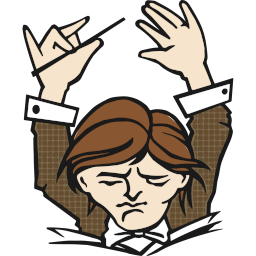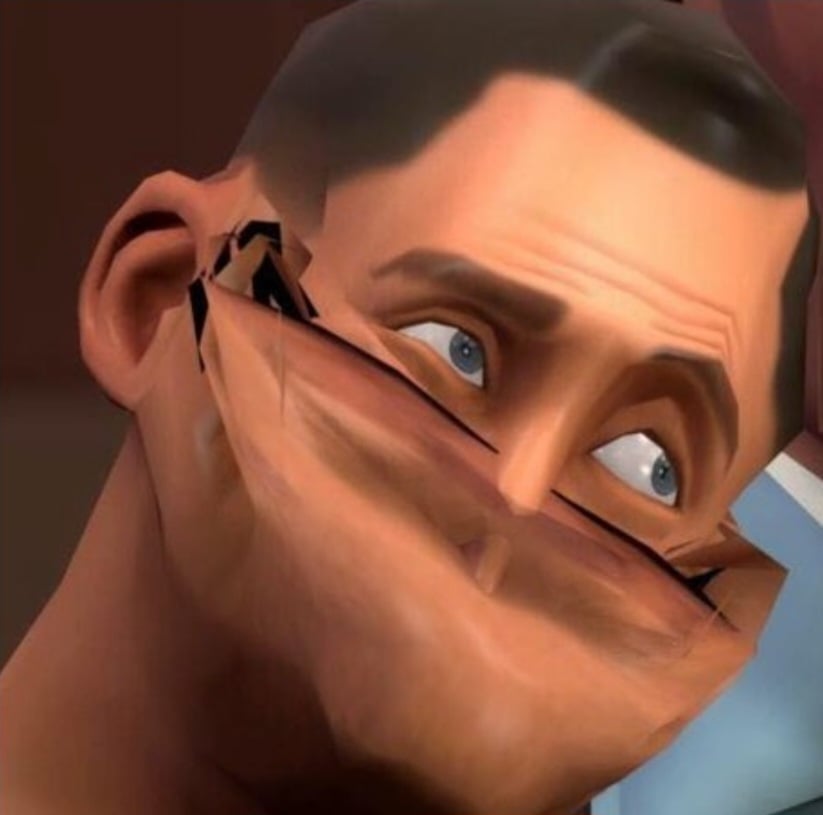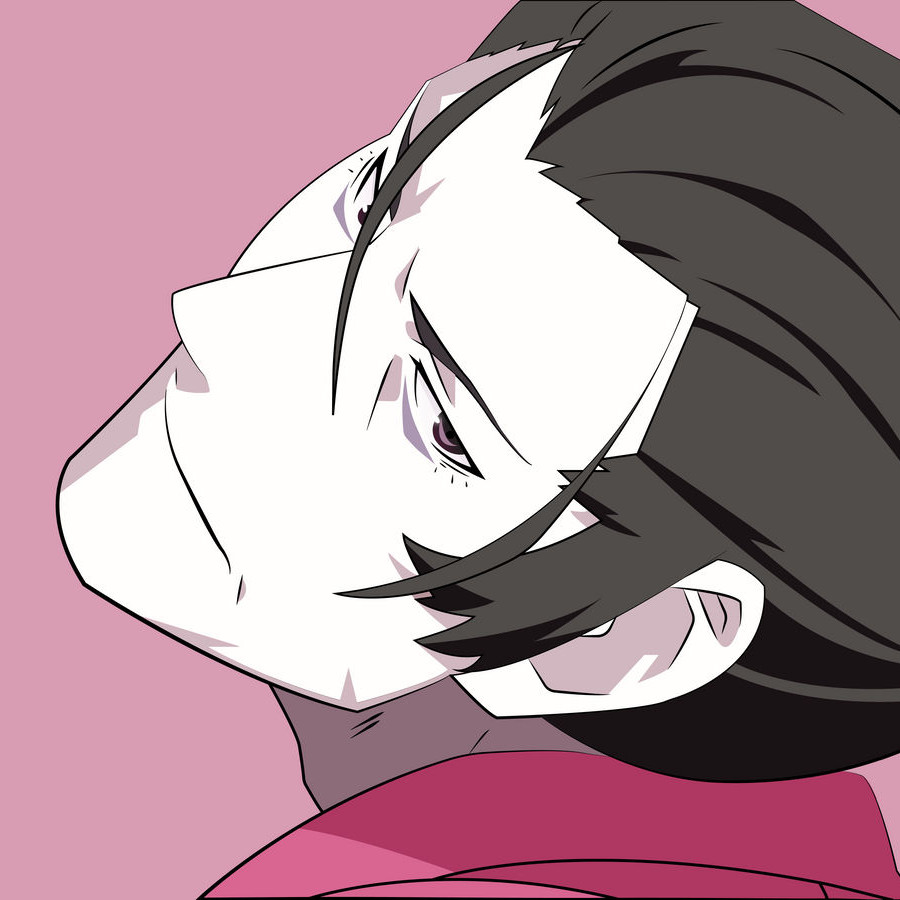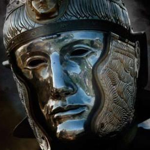European swords outclass katanas due to steel quality but how would a katana made with modern high quality steel hold up?
Probably still worse. European swordmaking is also very good. But since the european swords tend to be thicker and harder they will probably still beat katanas, all other things considered equal
Cool, so different smithing techniques wouldn’t make much of a difference. It comes down to weight and thickness etc.
No, like the original poster says, the fancy Japanese folding technique is just a way to make a decent blade from shitty impure steel. Once that is done, you have better steel. That’s all it does.
I suppose it could also come down to how you look at the situation at hand. If dexterity and speed of swing are paramount, maybe having a lighter thinner blade would give the advantage. Euro swords definitely have a leg up in raw durability though, that’s for certain.
That’s the thing, though, European swords cover the whole gamut from ridiculously light foils to nutso zweihanders.
I get that Japanese swords are the same and there are ridiculous nodachi and tiny little wakizashi but the difference is of size more than form.
There’s much more variation in European swords so it’s hard to say ‘the Japanese sword is better than the European one’ because there’s almost definitely a European sword specialized for whatever use case you’re comparing the swords for.
There’s much more variation in European swords so it’s hard to say ‘the Japanese sword is better than the European one’ because there’s almost definitely a European sword specialized for whatever use case you’re comparing the swords for.
That in and of itself is actually very important; why is there more variation in European swords? Because of armor – chain mail & shields, specifically. The widespread deployment of these technologies demanded bespoke counter-innovations, such as the estoc (which could pierce chain mail) and the longsword (which could survive hard impacts while still being finessed around shields). These comparatively clumsy arms evolved in direct response to an environment which was overly effective at thwarting the brutal efficiency of the light blade.
True, armor did exist in Japan, though, for most of Japanese history, distribution was largely limited to the Samurai class due to material scarcity. The common footsoldier, instrumental in all war, was generally forced to make do with much less, so simple blades were already extremely effective against them. As a result, there were major innovations in anti-sword arms, such as the naginata and yari, while swords evolved more slowly in response (e.g.: the tachi being replaced by the katana).
Eventually, effective anti-sword armor did become more widespread, but we can only speculate as to what innovation it might have spurred because this era was abruptly cut short through the introduction of the matchlock rifle. Matchlocks were so devastatingly effective against Japanese armor that, by the start of the 17th century, Japan likely had more guns than any other country on Earth. The vast majority of these firearms were manufactured domestically – as one might imagine, there was no shortage of potential gunsmiths to be recruited from the swordmaking industry. As for gunpowder… where the island was once stingy with iron, saltpeter and sulfur were provided in eager abundance.
I have fought with many kinds of European blades, from longswords to zweihanders to sabres and foils. Some of these can be very light and thin. In fact, the average longsword weighs the same as the average katana: between 1.1 and 1.5 kg. But I’ll take the length, cross guard and double edge of a longsword over a katana every day.
Source: I practice HEMA
Yeah the handguards are important as well, same with balancing and leverage.
Also making a sword sharper doesn’t make it better, the Zweihänder for example has a relatively blunt edge on purpose so you can handle it better in close combat by grabbing the blade.
I once saw a video talking about how the katana isn’t the right sword to compare with a longsword. Longsword was a battlefield weapon; katana was more of a decorative sidearm. Kind of like an officer’s sabre. Another weapon, called a “tachi” if I recall correctly, was more common in an earlier era when Samurai spent far more time on actual battlefields. It was a longer and heavier blade.
Yes but even the officer sabers are good weapons by themselves.
Also real longswords where really expensive most soldiers have also fought with spears because they are much easier to handle.
True, but swords (including longswords) are largely a backup weapon or ceremonial too. A sword doesn’t do much against maille or plate armour.
Well, how does a professional sport player fare when they are given high quality equipment versus the low grade stuff they became a pro with?
In a melee battle, it doesn’t really matter all that much the quality of a weapon if both are highly trained on how to use the weapon. A single mistake on either side could just as easily decide the battle one way or the other. I guess you could say whichever side won was just lucky the other side had an equipment malfunction, hesitated, or chose a bad tactic, etc.
Well yes obviously in a fight the better trained soldier is more likely to win. My question was more aimed at whether the the smithing techniques used for a katana would result in a noticeable difference if using the same materials.
You seem to be under the impression that having “higher quality steel” would somehow make a sword “better”, that’s not how it works. Japanese smiths usually had access to what’s called Tamahagane steel, it historically had a low carbon content which made it softer than desirable, so they’d fold the steel to rid it of impurities and obtain a higher carbon content for the core of the blade, leaving the edge side softer to be sharpened. Having access to steel with a higher carbon content would only accomplish in the smithing process being more straight forward, with the end result being essentially the same.
The reality is that Katanas (and other Japanese blades) were already as good as they’d get and you can’t really compare Japanese swords to European swords objectively because they were made with different purposes, in different contexts with different results in mind. For instance, a Katana is a single-edged sword with a slight curvature and a somewhat rounded tip, it was made for slashing and it did that really well, but a typical Arming Sword is a double-edged, straight blade with a very pointy end, it doesn’t really slash as well, but can cut in both sides and the point can be used to pierce armor gaps in an adversary.
So you see, “steel quality” has a minimal baring when it comes to the actual usefulness of a weapon, what really matters is how it’s used in combat given it’s characteristics.
They bend backwards fast and are made for a completely different environment.
Katana is cool, European swords are cool, all swords are cool.
And the best old weapon is a spear. (or advanced poking stick if you will)






